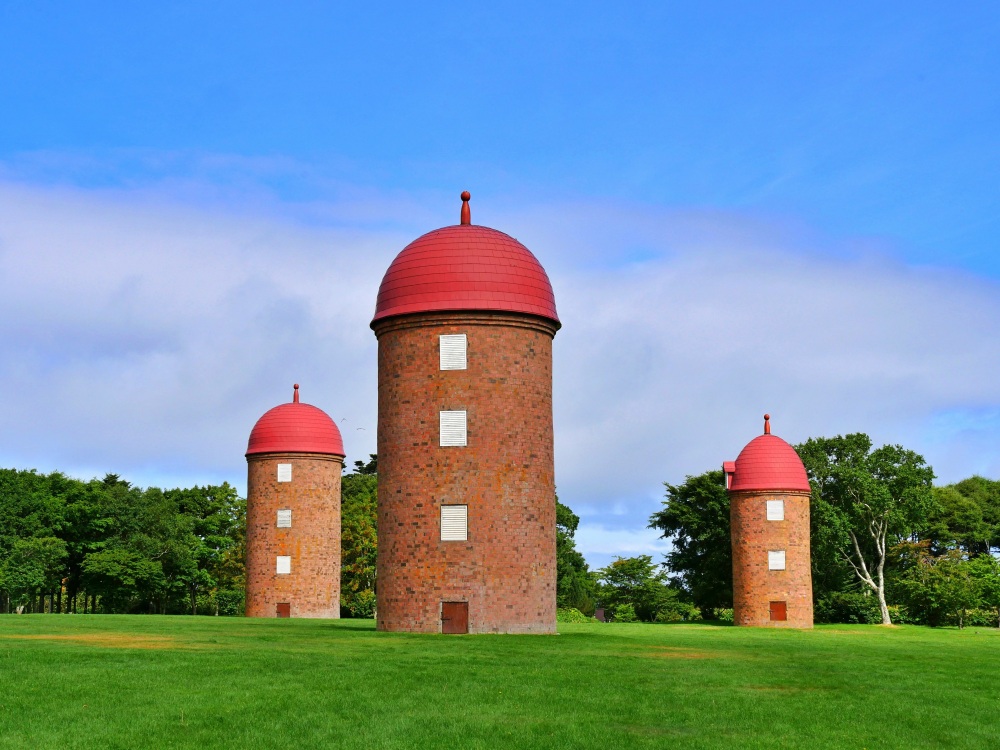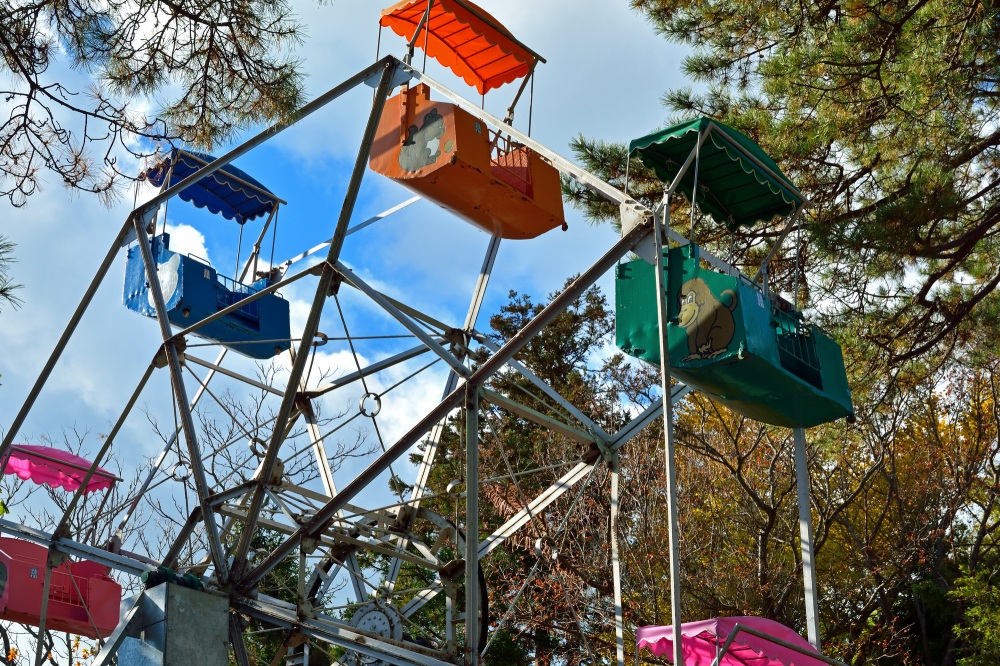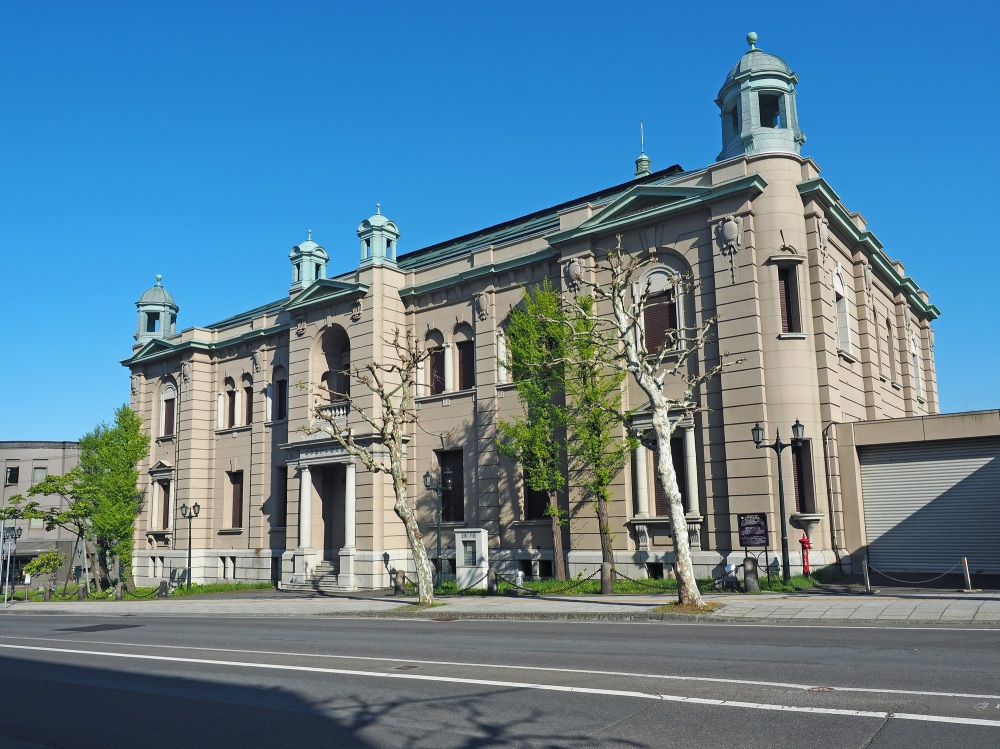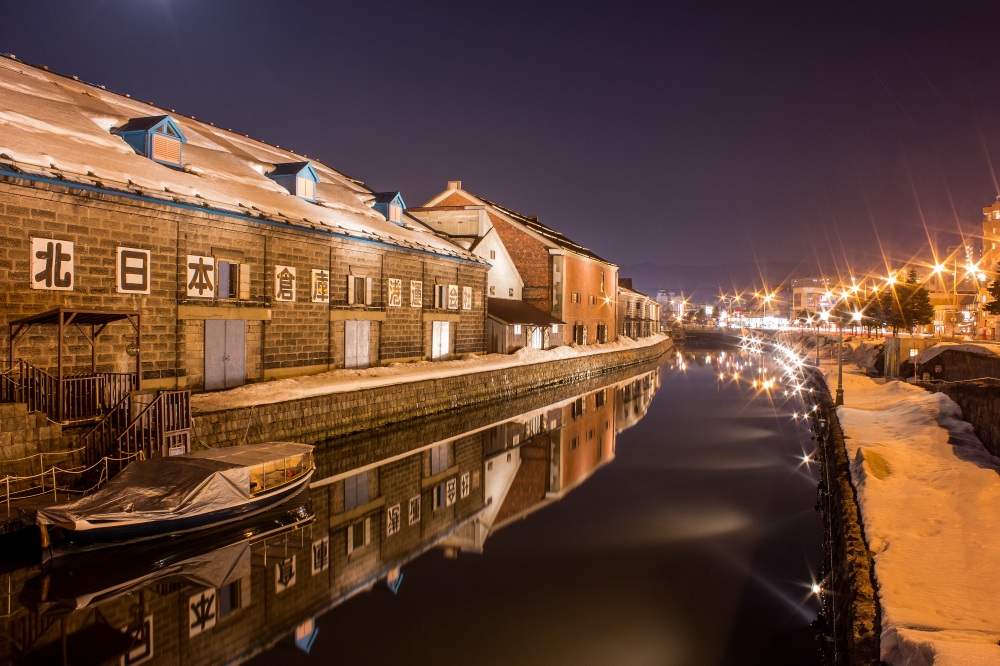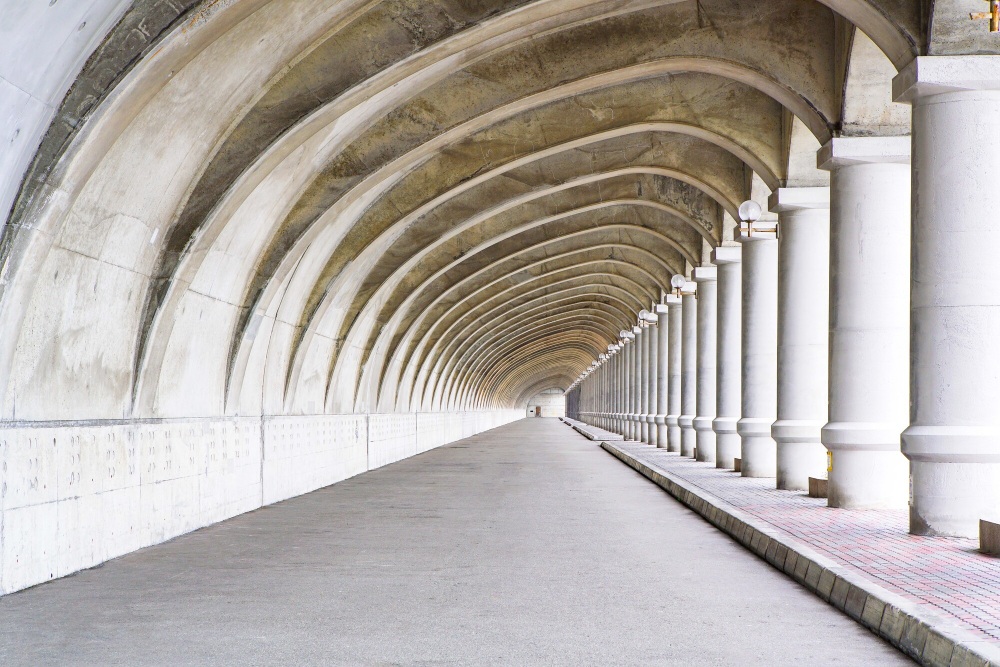Next on Your Travel List: Hokkaido’s Hidden Gems Worth Discovering
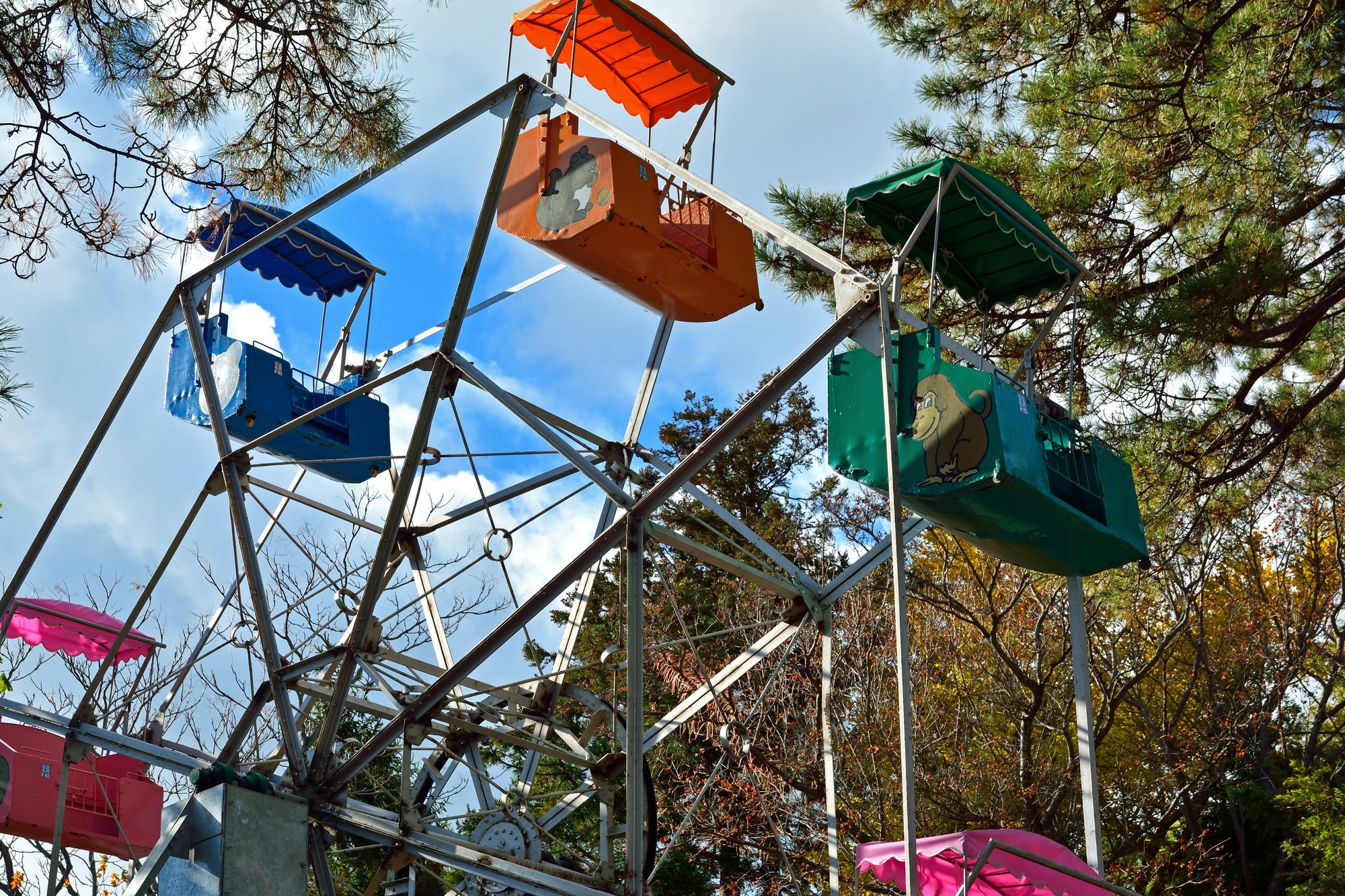
“Where should I go in Hokkaido? What should I see?” Planning your trip is often one of the most exciting parts of travel. When you know the history and stories behind a place, the scenery and architecture you encounter take on a deeper meaning. This time, we invite you to explore hidden spots in Hokkaido—places that may not appear in every guidebook, yet offer unforgettable experiences for those who make the journey.
- * Please note that the text shown on this page includes machine translations.
Meiji Park Brick Silos (Nemuro City)
Did you know that one of the most photogenic industrial heritage sites supporting Japan’s modernization is located in Hokkaido? The brick silos at Meiji Park in Nemuro City earned first place nationwide in a “Photogenic Modern Industrial Heritage Ranking” conducted by Seikatsu Guide.com. The park is just a 7-minute drive from JR Nemuro Station.
The three silos, recognized as tangible cultural properties, played a significant role in the development of Hokkaido’s dairy farming and milk processing industries. They are among the largest brick silos in Japan and rank as the second oldest surviving brick silos in Hokkaido.
Set against the vibrant green of the grass and the deep blue of the sky, the reddish hues of the silos harmonize beautifully with Hokkaido’s natural landscape. This hidden gem is a perfect spot for photography, and you’ll find yourself reaching for the camera again and again.
Japan’s Oldest Ferris Wheel (Hakodate City)
Nestled at the foot of Mt. Hakodate, Hakodate Park is not only famous for its cherry blossoms but also home to Japan’s oldest operating Ferris wheel.
Hakodate Park was created in 1879 following a suggestion from the British consul stationed in Hakodate. Built with the funding and effort of local citizens, it is now recognized as one of the “Top 100 Historical Parks in Japan.” Within the park, a retro amusement area preserves the charm of its early days.
The colorful gondolas of the Ferris wheel stand out as the oldest of their kind still in operation in Japan and were designated as a Registered Tangible Cultural Property in 2019. Even the carousel, which has been delighting visitors since the park’s opening, remains in active use.
Although there are no extreme thrill rides, the simple amusement park offers a rich sense of history and nostalgia, making it a truly memorable spot for visitors of all ages.
Beautiful Meiji era Architecture (Otaru City)
During the Meiji era (1868-1912), Otaru developed as the maritime gateway to Hokkaido and became home to the largest concentration of banks in the region, earning it the nickname “the Wall Street of the North.” The city also has a rich history from the Edo period, thriving on herring fishing. Thanks to early preservation efforts, many historic buildings remain today, creating a treasure trove of architectural heritage that continues to captivate visitors.
One highlight is "Otaru Art Base", which consists of four buildings constructed in the early 20th century, a period when Otaru was at the height of its prosperity. Each building showcases exceptional Japanese and international artworks from that era. The original interiors have been preserved, allowing visitors to enjoy both art appreciation and a nostalgic journey through time.
Another must-see is the row of warehouses lining the Otaru Canal. Otaru’s architecture is notable for combining cutting-edge construction techniques of the time with elegant design. The “Former Otaru Warehouse” exemplifies this, featuring stone exteriors while employing a unique “wood-frame stone” method inside, using wooden pillars and beams. These structures reflect the city’s blend of innovation and artistry, making a stroll along the canal feel like stepping back into history.
Wakkanai Port North Breakwater Dome (Wakkanai City)
Before World War II, there was a maritime route connecting Wakkanai with Otomari in southern Sakhalin (now Korsakov), when southern Sakhalin was under Japanese rule. The Wakkanai Port North Breakwater Dome stands as a historical monument preserving the memory of that era.
At that time, the front of the dome featured Wakkanai Pier Station, where passengers would disembark from trains and directly board connecting ships. Wakkanai, Japan’s northernmost city, is known for strong winds and high waves throughout the year. There were even incidents of people accidentally falling into the sea from the pier. The dome was built to protect the port from these harsh conditions.
The breakwater’s innovative design—composed of 70 cylindrical columns lined up in a striking formation—was created by a young civil engineer, Minoru Tsuchiya, who was just 26 years old at the time.
The beautiful dome, reminiscent of ancient Greek architecture, once watched over the busy comings and goings of trains and ships. When visiting today, take a moment to imagine the bustling activity and feel the echoes of this vital northern gateway.
Ranking of popular articles
- Hokkaido Summer Travel Guide
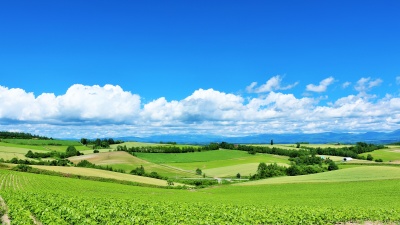
- https://www.visit-hokkaido.jp/en/feature/travelguide_summer
- Hokkaido Spring Travel Guide
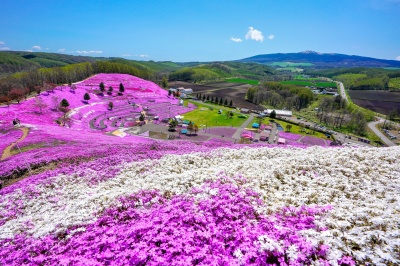
- https://www.visit-hokkaido.jp/en/feature/travelguide_spring
- When is the best time to see lavender? Recommended Lavender Spots in Hokkaido
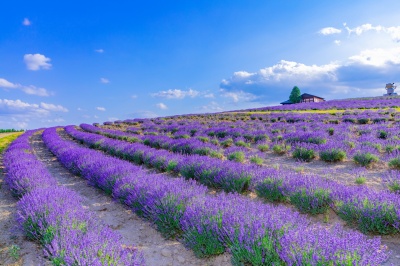
- https://www.visit-hokkaido.jp/en/feature/lavender
- Here are the recommended cherry blossom viewing spots!
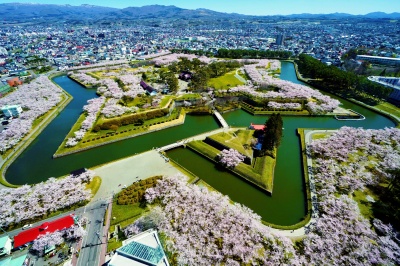
- https://www.visit-hokkaido.jp/en/feature/sakura
- 4 spots to observe red-crowned cranes
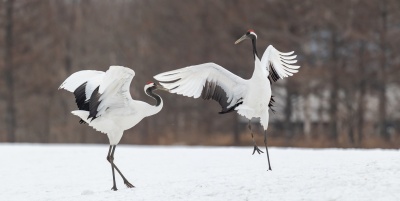
- https://www.visit-hokkaido.jp/en/feature/tancho
